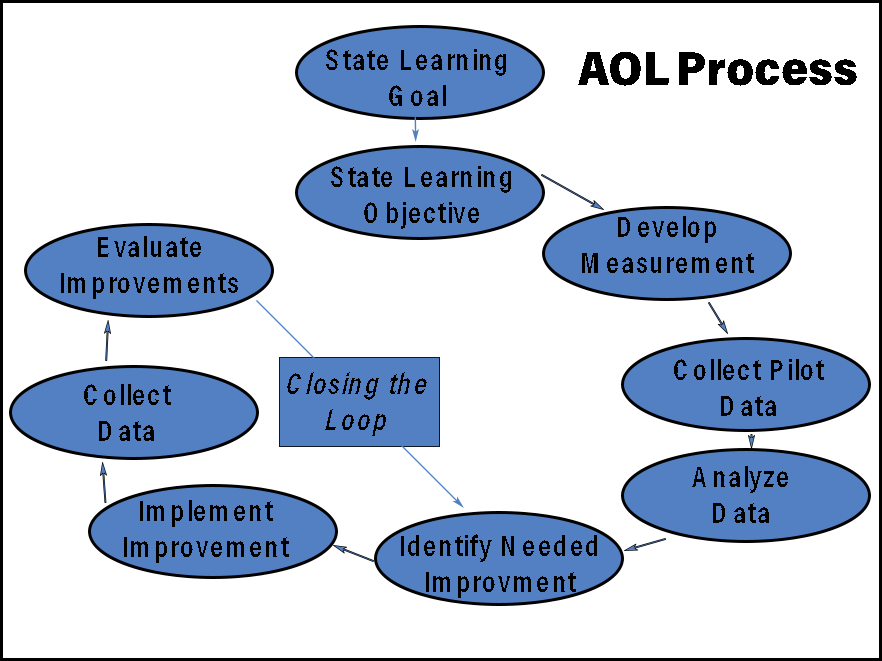ASSURANCE OF LEARNING: WHAT IS IT?
Assurance of learning (AoL) involves a set of AACSB standards that focus primarily on the quality of the curriculum. It encompasses not just assessment but what is involved in the processes and procedures before and after assessment is conducted. AACSB has placed an emphasis on the assessment of student learning, stating an important need for schools to provide ‘hard evidence’ that students are achieving the learning goals that form the basis of the curriculum. This evident in the 2007 AACSB White Papers,
With the standards updated in 2013, assurance of learning continues to be just as important, if not even more strongly emphasized as an important aspect of accreditation.
Again, assurance of learning refers to processes for demonstrating that students achieve learning expectations for the programs in which they participate. Schools use assurance of learning to demonstrate accountability and assure external constituents such as potential students, trustees, public officials, supporters, and accrediting organizations, that the school meets its goals. Assurance of learning also assists the school and faculty members to improve programs and courses. By measuring learning the school can evaluate its students’ success at achieving learning goals, use the measures to plan improvement efforts, and (depending on the type of measures) provide feedback and guidance for individual students.
For assurance of learning purposes, AACSB accreditation is concerned with broad, program-level focused learning goals for each degree program, rather than detailed learning goals by course or topic, which must be the responsibility of individual faculty members.
The graphic below provides shows how the AoL process operates in relation to other actions.
 courtesy: Dr. Karen Ann Tarnoff, Assistant Dean for Assurance of Learning & Assessment at College of Business and Technology, East Tennessee State U.
courtesy: Dr. Karen Ann Tarnoff, Assistant Dean for Assurance of Learning & Assessment at College of Business and Technology, East Tennessee State U.